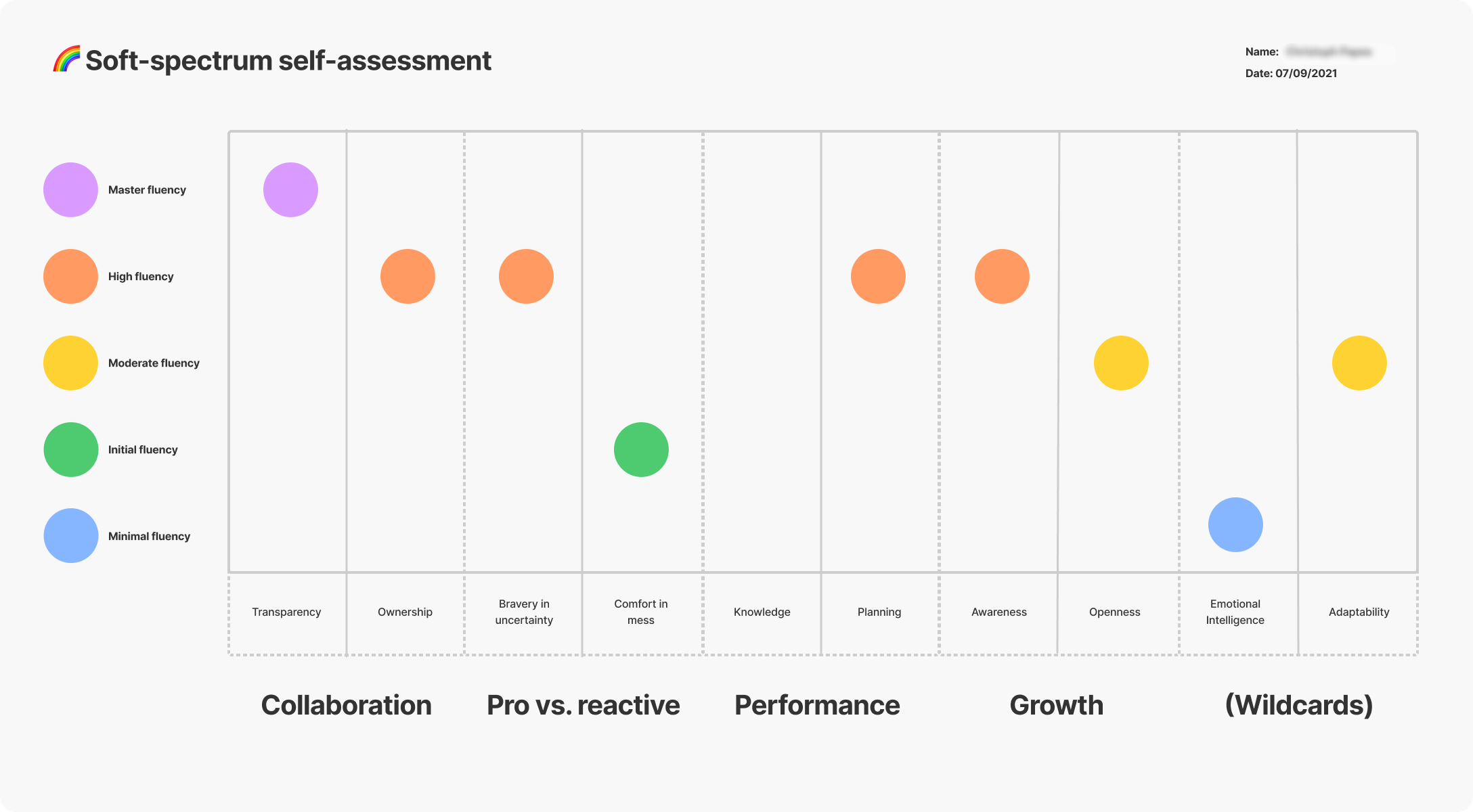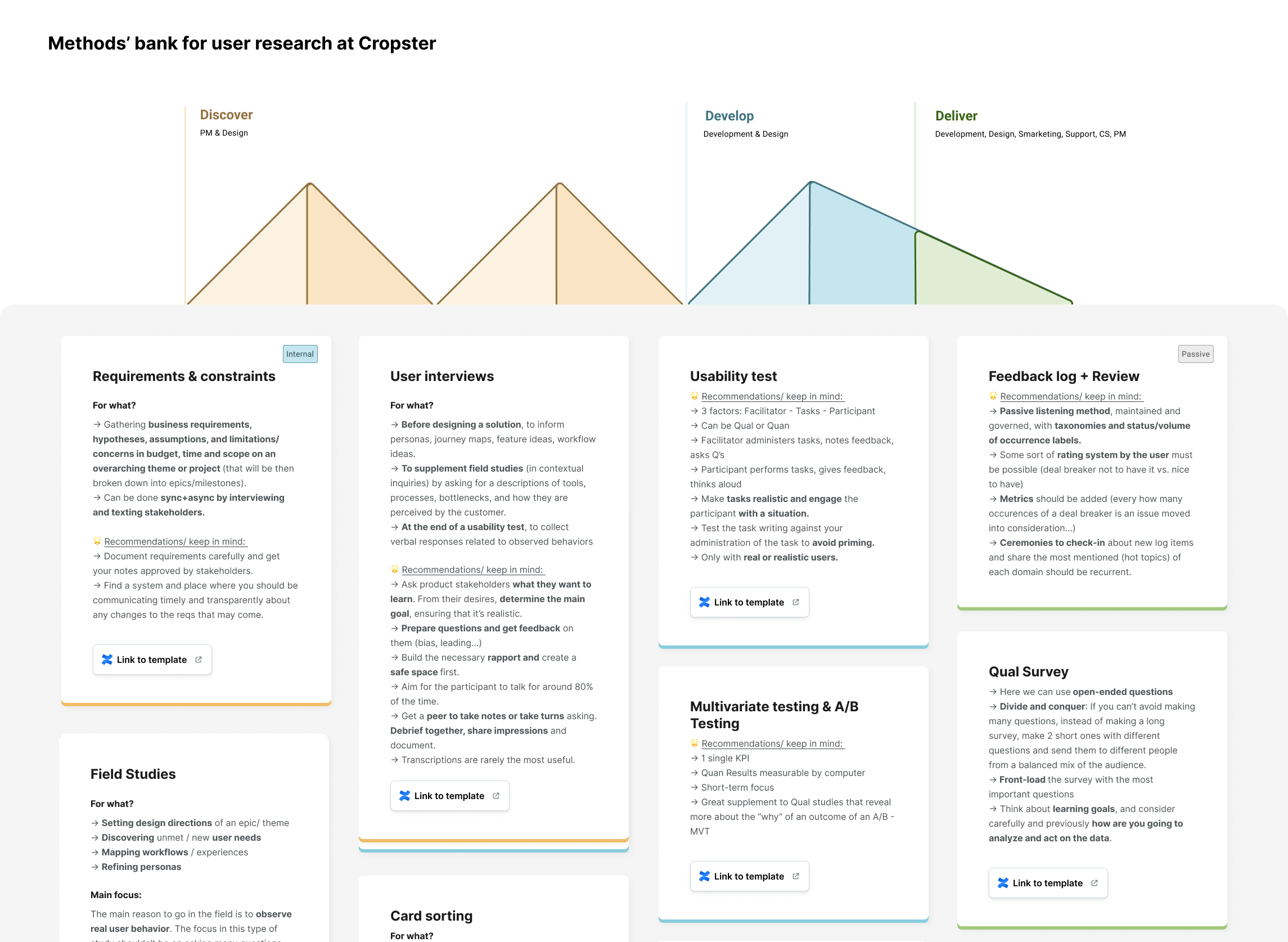Product Design strategy
In September 2020, I started working as the head of the Product Design department at Cropster, a multi-product software company and indisputable leader in the specialty coffee industry, having brought data science into the roast process and enabled the traceability of coffee along the whole supply chain.
-
Cropster was founded in 2007. Nowadays is self-sustainable and in stable growth. It’s made up of around 60 highly engaged people, most of which have been in the company for 5 to 10 years. The Product Design department however is still quite young, and already during its youth it experienced intense changes of leadership and members, the majority of which rotated in the last 3 years. After all, I also still first encountered a team that wasn’t yet perfect to fullfill a more or less simple vision I had. Wanting so clearly to change almost everything and everyone was something very new to me, but I guess it was easy to do it because I was sure that without full softness and collegiality we hardly could achieve anything during a pandemic + in a seemingly more and more damaged Earth.
After almost 2 years “just giving directions”, Cropster has a highly performant (and highly motivated) 5-people Product Design team, with a dedicated Design Operations Manager. We took the company from a limited UX maturity stage, to a late-emergent phase, and are working hard to hit the next step in 2023: Structured UX maturity with an integrated researcher, and stable research operations.
How does Structured UX maturity look like?
☄️ Impact of Design on the product is more noticeable and not so hard-won.
💉 Design efforts are focused and intentional.
🧩 There's a design system documented and a governance shared with engineers.
⚙️ Structured DesignOps exist. The DesignOps effort goes from scattered to dedicated (solitary structure for now).
🔬 Emergent ResearchOps exist. The Research efforts are still scattered but increasingly democratized and operationalized.
🎯 The level of data-driven decision-making increases.
🔮️ There's a throughout understanding of what UX does in the company, and what our guiding Design Principles are.
🎩 There's Management commitment to a stable UX budget & resources, increasing in accordance to company growth and product needs.
🗺 Role descriptions & development paths within Design are further defined to enable higher specialization and elevate each designer in their own way while they contribute to the common.
❤️ The team is knowledgeable of the vision, rallies behind it, presents a high level of energy and of care for each other.
What do we do?
1. We co-author a set of Design Principles
& we check their implementation status based on behavioral and attitudinal KPIs twice per year together.
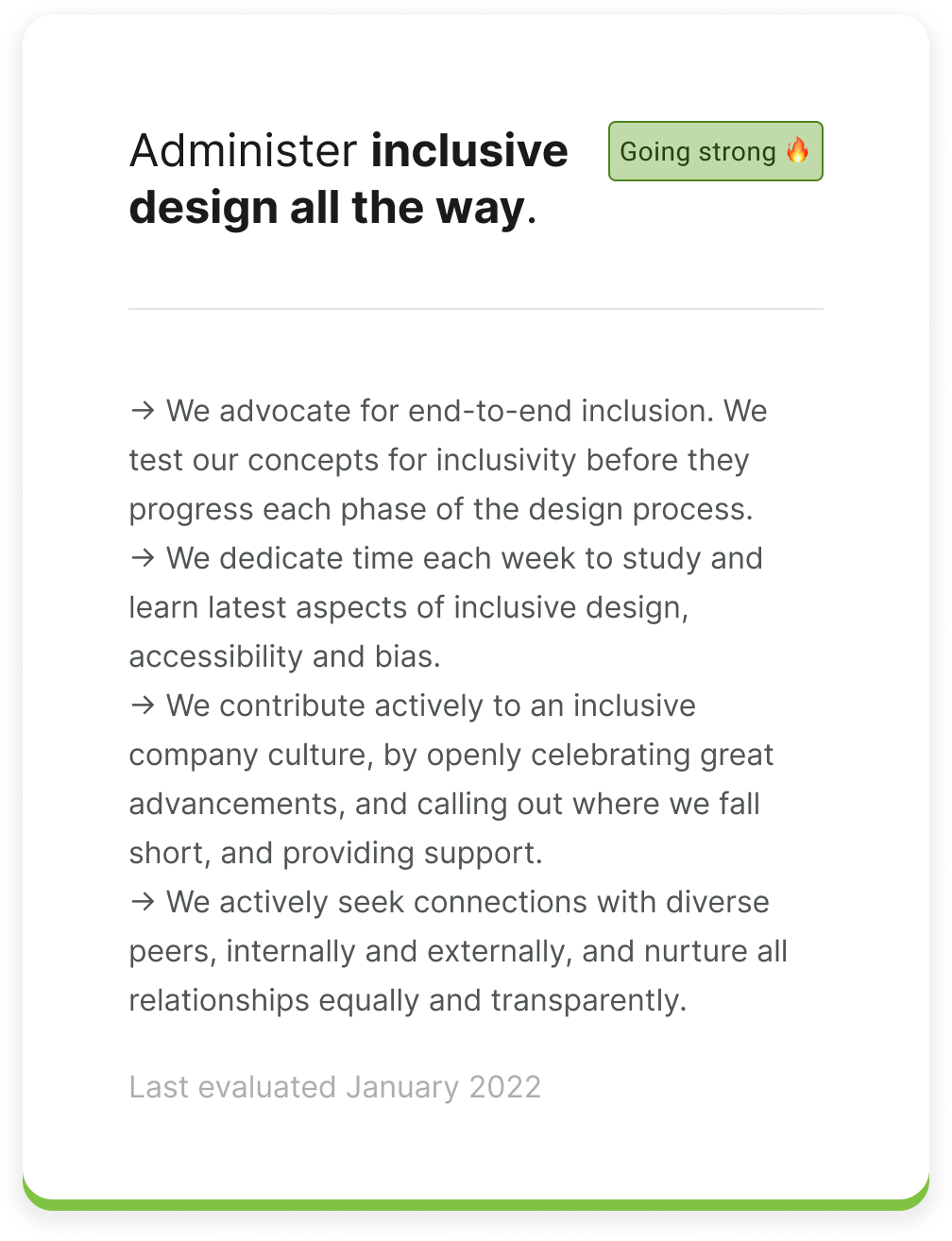
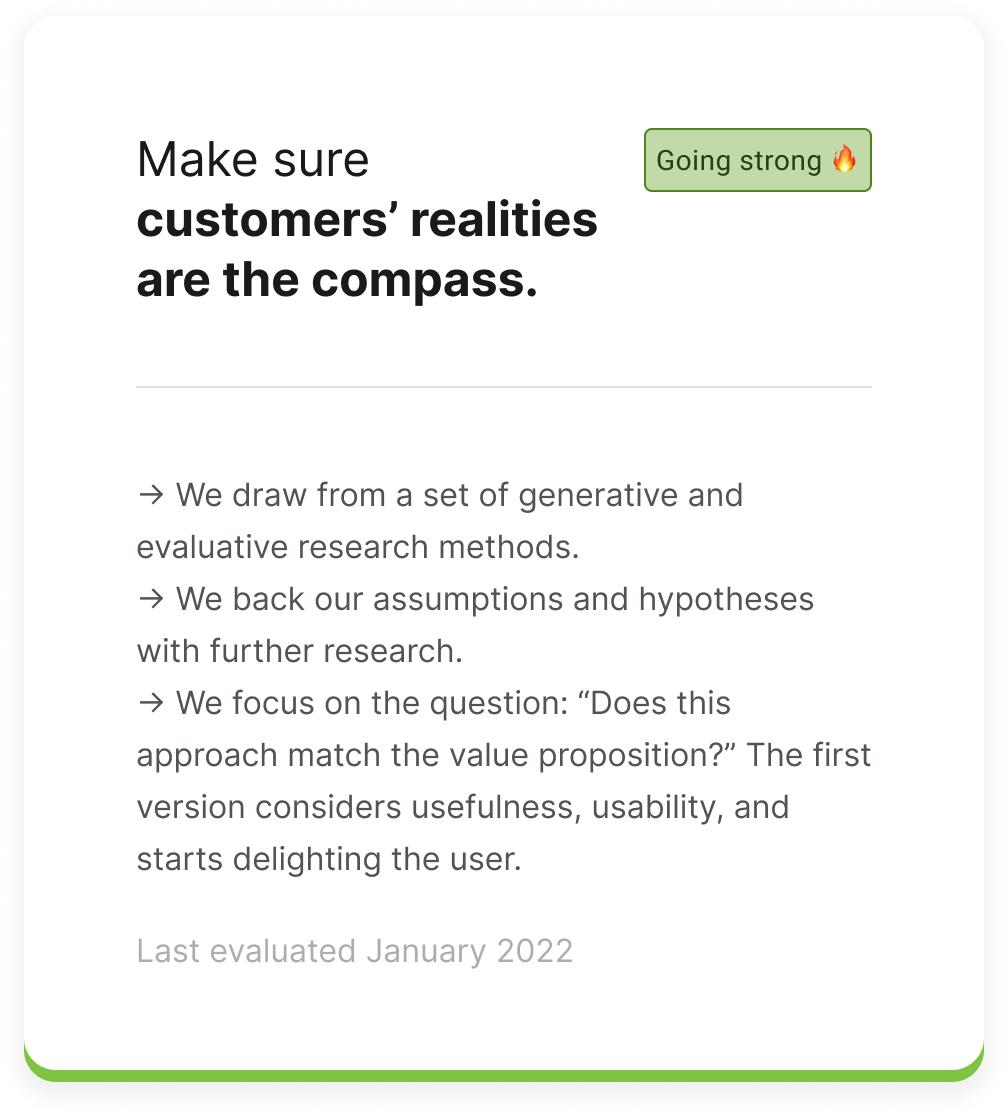
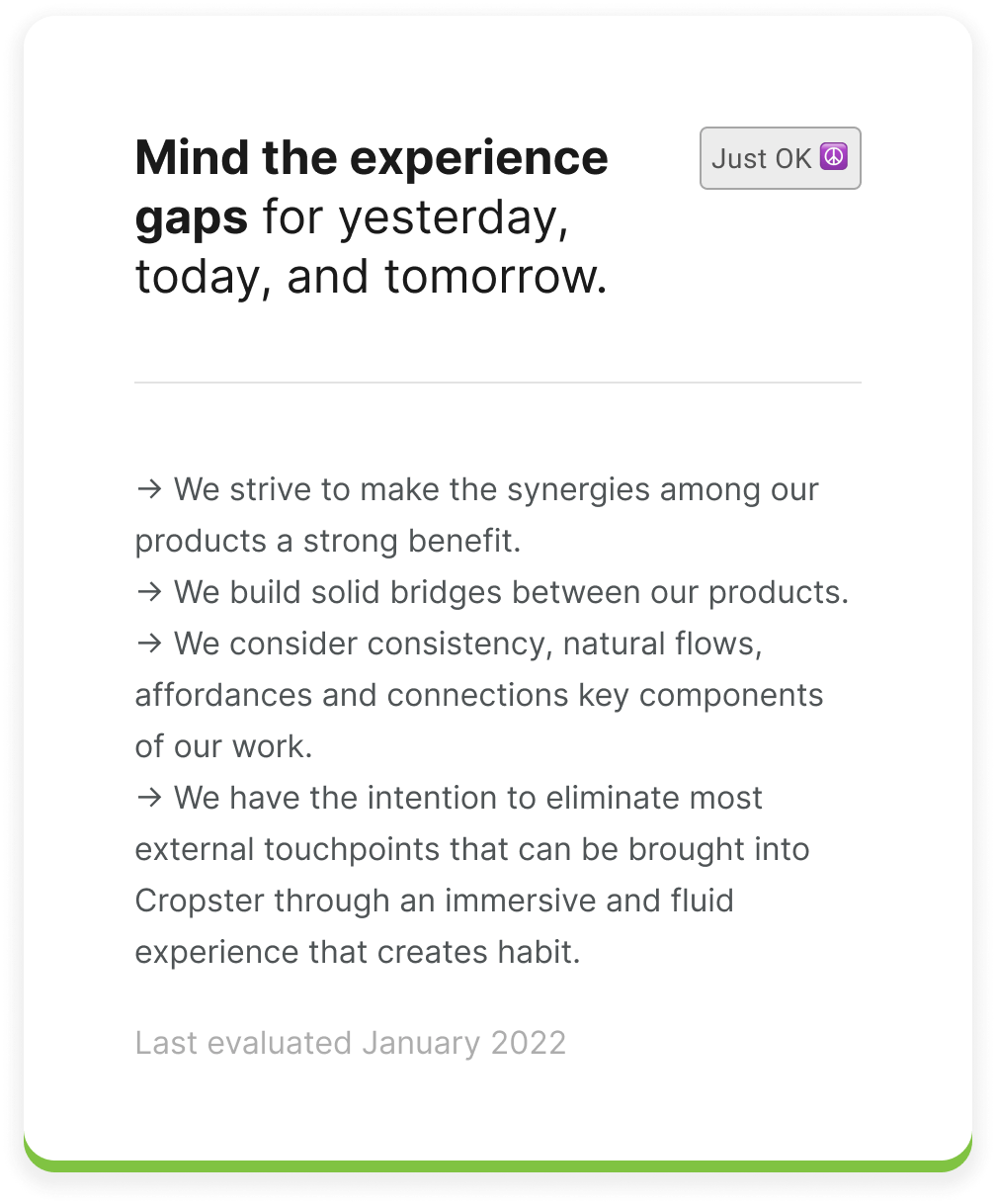
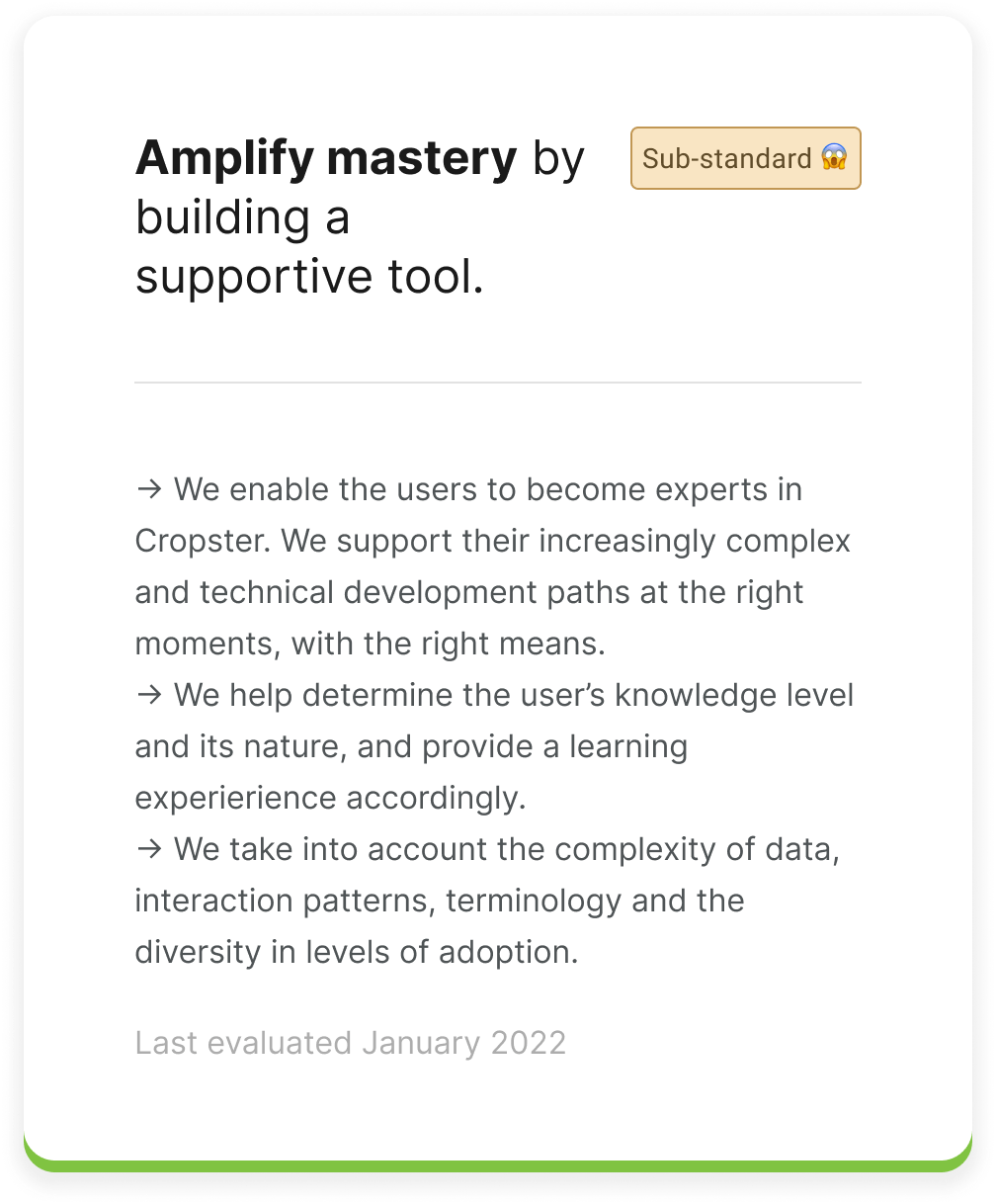

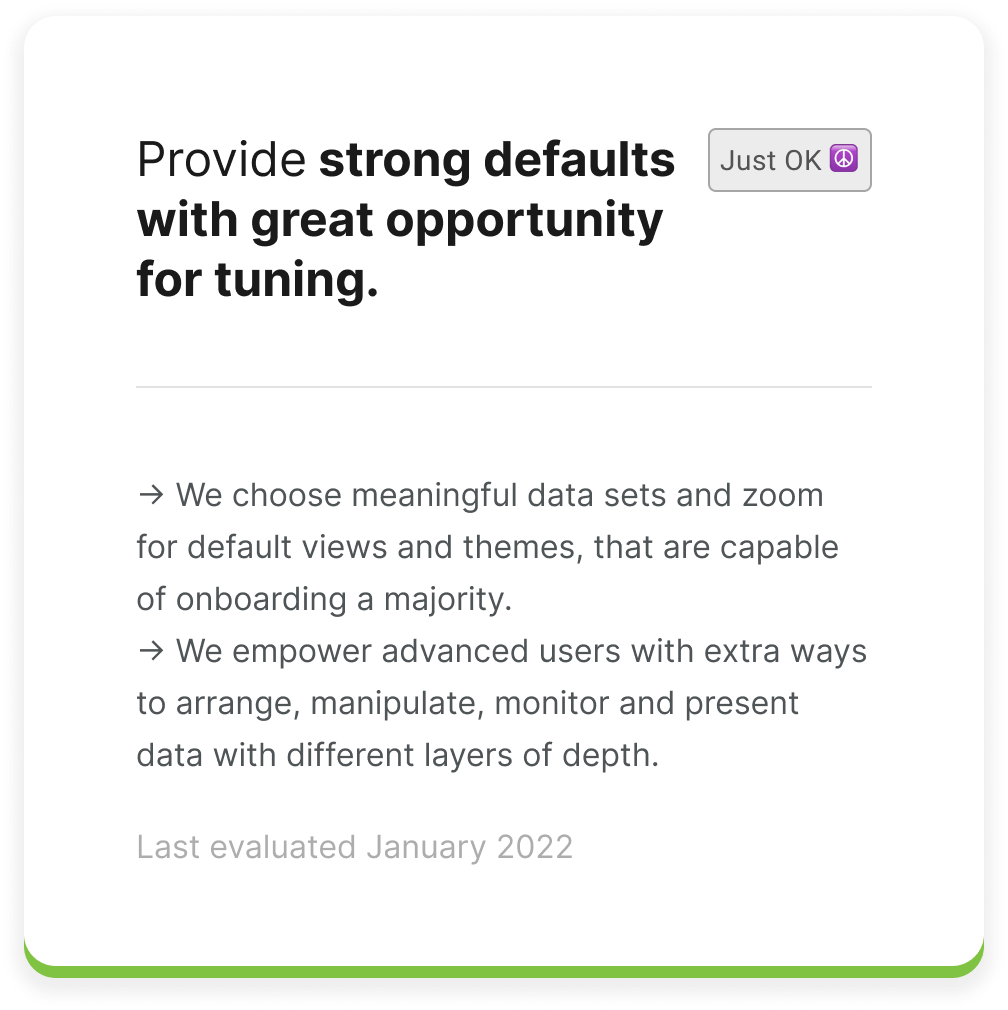
One of our data points to measure attitude toward Cropster’s usability is the System Usability Scale (SUS), which we deliver twice per year and its result is one of our KPIs to gauge the status of “Elevate experiences”.
2. We self-assess, give and get feedback on our soft & hard skills.
& discuss about them each quarter based on the milestones of our development paths and the role descriptions.
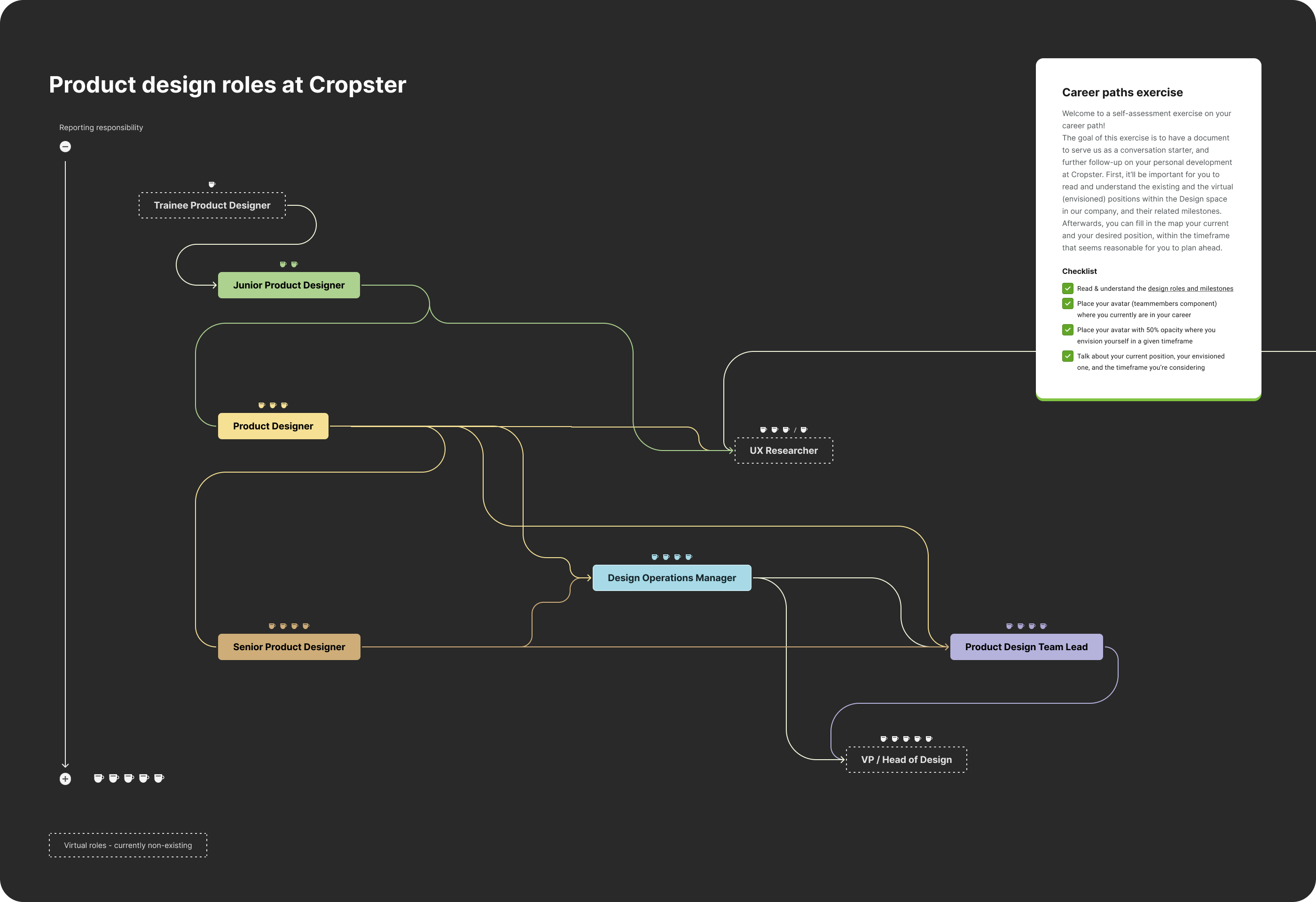
3. We keep refining a truly cross-functional and collaborative product design process in synergy with SCRUM.![]()
With focus on Generative and Evaluative Discovery, and a Design System that facilitates consistent and scalable Design iterations during Solution Development.
We sustain practices of constant review and co-design for all domain-based work by holding a weekly Design Critique and an additional weekly interface to cover highlights about (us) People, Problems, and Priorities.
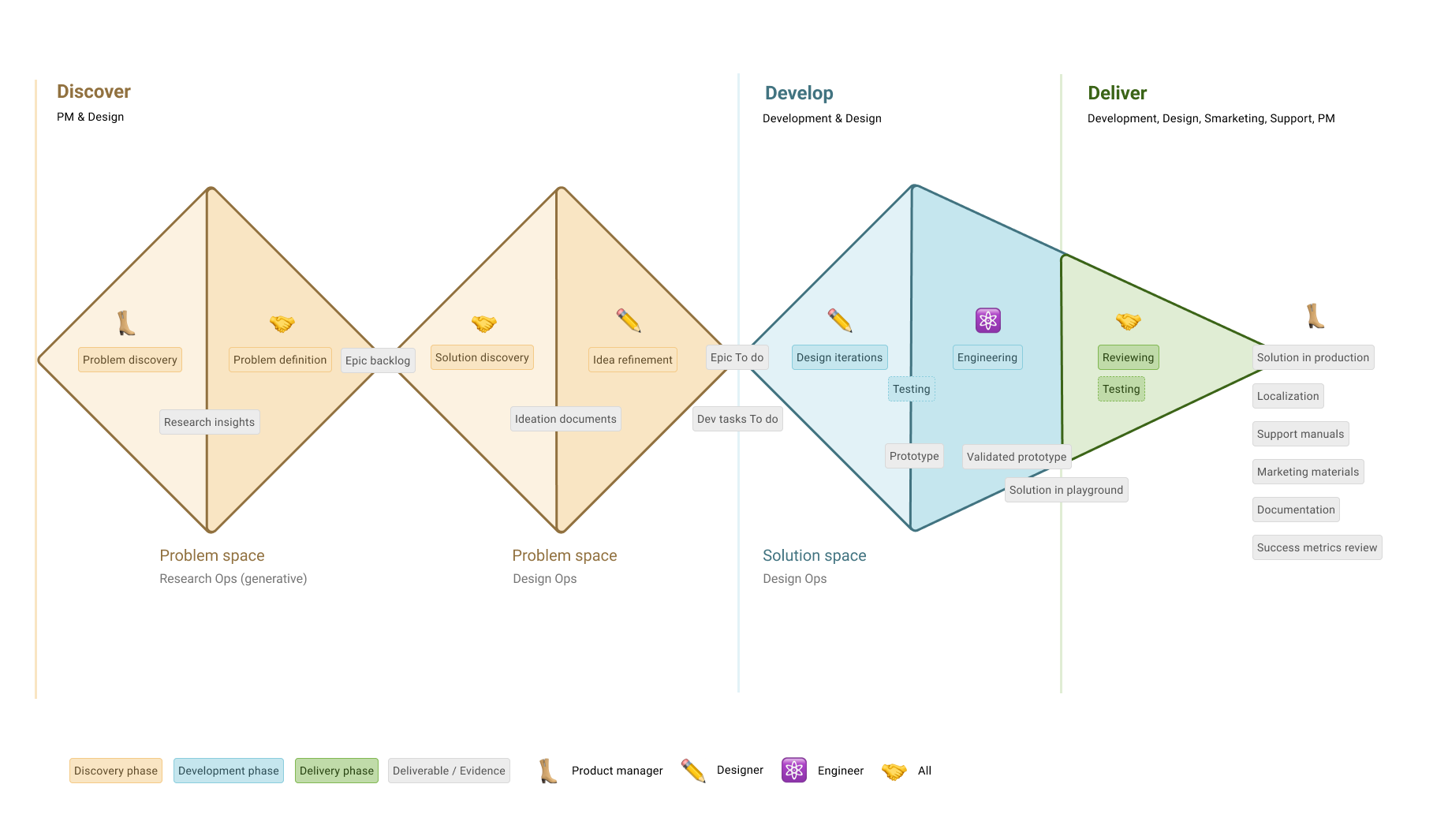
Critique formats:


